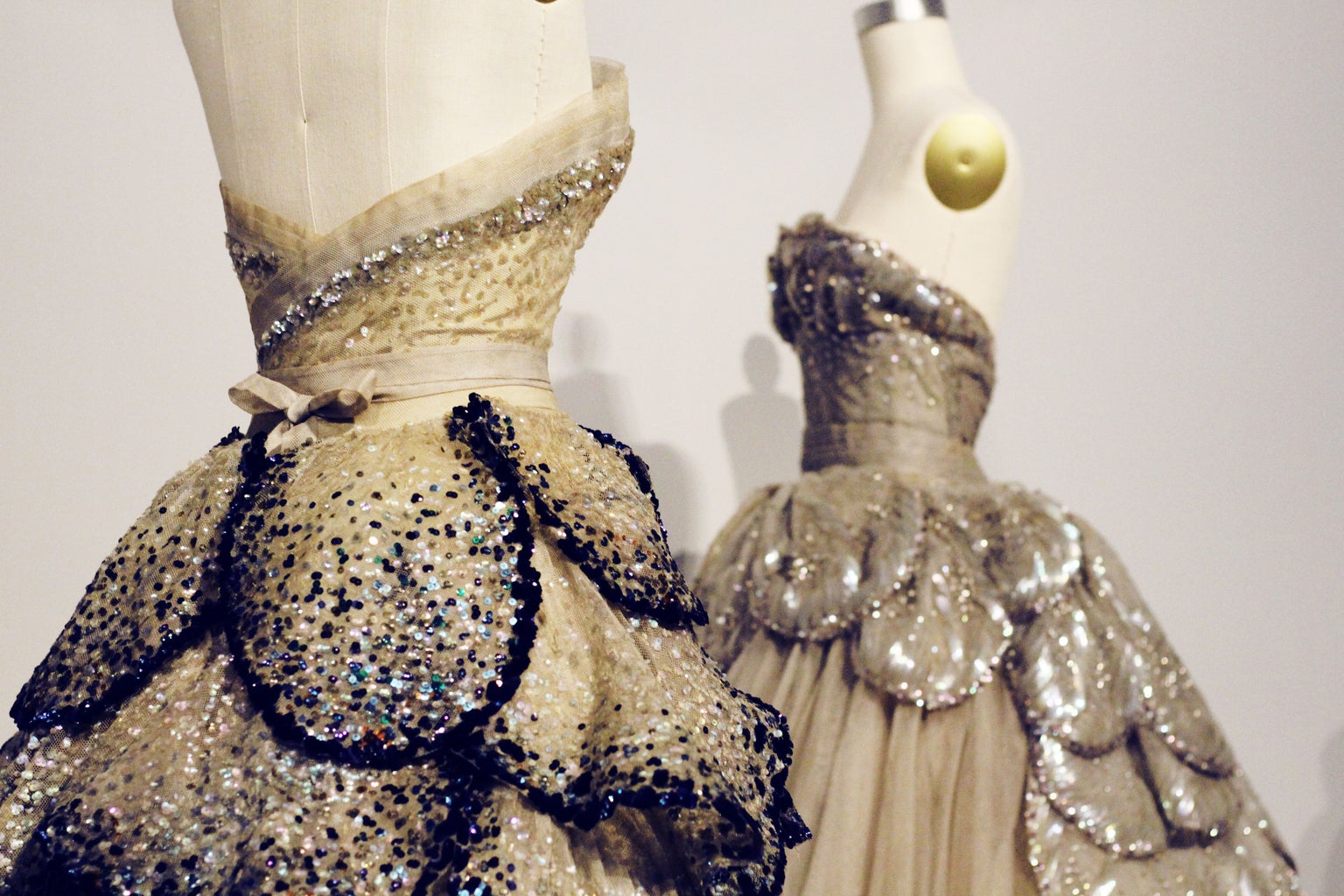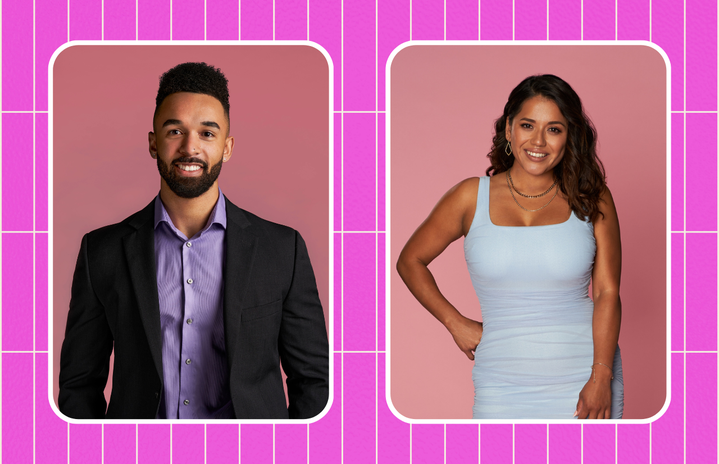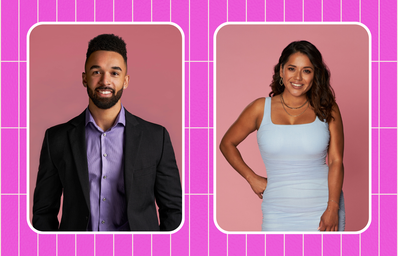Whenever I make a new character for a story I want to write, I put a lot of thought into their appearance — how it’s shaped by their environment, their color palette and what it says about them as a person, their preferred style of clothing, etc. Designing my characters is one of my favorite parts of the creation process because even before I figure out a character’s backstory, I can still learn a lot about them through the process of figuring out how they look and how they choose to present themselves.
On one such occasion when I was designing a male character, I tried looking up what style of clothing would look best on that character’s specific body type. However, on almost every website I found pertaining to my search, the authors had simply combined the do’s and don’ts of every single male body type into one article, with each section only having a basic description of the body type’s characteristics and a few sentences — sometimes even less than that — dedicated to what clothes should or shouldn’t be worn with it.
I went through five different websites before giving up and deciding to try the same search as before, except for women’s clothing. I clicked on the very first website I saw and — you know what I found? The longest, most comprehensive website about dressing for the body type I’d been researching. It had seven main sections, four of which were then broken down into several smaller sections with detailed descriptions and advice on everything from what parts of the silhouette to emphasize to the different types of sleeves that would look best for that body type. I never had to go looking for another website beyond the first one I found because it had done such a great job of going in-depth about how to dress for a specific body type.
I love cool and unique-looking clothes, and I love bright colors. And ever since that fateful day, more and more I’ve been taking notice of just how lacking men’s clothing is in coolness, uniqueness, and bright colors. It’s all dark or muted colors, drab fabrics or boring silhouettes. And while dark colors can certainly be styled into something eye-catching and fun to wear — goth and punk fashion, for example — typical menswear doesn’t typically do anything to appear eye-catching or fun to wear. It’s all just plain shirts and plain pants and plain jackets and plain shoes — plain, unexciting, boring to look at.

The most egregious example of this would probably be the Met Gala — the annual event where celebrities spend obscene amounts of money on abstract, highly original outfits that adhere to a certain theme and will never be worn again. And while almost all of the celebrities attending don’t typically stray outside of the clothing worn most frequently by their respective gender, i.e. dresses for the women and suits for the men, nearly all of the women who attend the Met Gala go above and beyond by turning their gowns into elaborate statement pieces. They play into that year’s theme with eye-catching silhouettes, swathes of rich or delicate fabric, glittering jewelry pieces, and ostentatious corsets, headpieces, and other such accessories. And what do the men typically wear at the Met Gala?
Plain black suits. Black dress shoes and various neckties. Sometimes a hat. And, if we’re lucky, some of them even wear suits in different colors, like white, grey, or even… beige.
You know who had the best Met Gala outfit of all time? Zendaya. And take a guess as to why she had the best Met Gala outfit I’ve ever seen. It was because during the Heavenly Bodies Met Gala in 2018, she didn’t just wear a dress that was sparkly or had fifty feet of fabric trailing behind her with some crosses slapped on to fit the theme. She dressed up as Joan of Arc and wore a dress styled like a medieval knight, with plate armor and a train made of chainmail. It was unique and inspired, and even though I don’t care that much about the Met Gala, it was still the coolest thing I’d ever seen.
All of this, of course, speaks to a larger issue regarding the culture of gender stereotypes and toxic masculinity — in particular, its refusal to provide healthy, productive outlets for men to express themselves freely. Men are expected to hide their emotions and be strong and fix things and sit at a desk and dress professionally in sharp, boring business suits to embody that CEO mindset. Meanwhile, women are seen as more emotional and are expected to always dress themselves up and look pretty, and clothing sections in department stores only continue to reflect those narrow binaries.

That isn’t to say no progress has been made in recent years. Small businesses sell button-down shirts with fun patterns and bright colors in a wide range of sizes — some vendors on Etsy even sell button-downs with Pokemon on them. And male celebrities such as David Bowie and Lil Nas X are immensely popular because of the eye-catching, gender-defying outfits they’ve worn over the course of their respective careers.
But Etsy vendors and celebrities like Bowie have always been the exception, never the norm. Although we’ve made leaps and bounds in gender equality, many of the social norms regarding gender presentation still remain in place. I’ve seen plenty of women in the office wearing suits and dress shoes — as they should! — but I’ve yet to see a man do the same while wearing a dress or a blouse and skirt or heels. The need to keep men from finding ways to express themselves outside of workplace and business attire is a deeply pervasive issue that hasn’t changed as much as it should have — but it has changed, and if we give men more room to express themselves through their clothing, it can only continue to get better from here.


